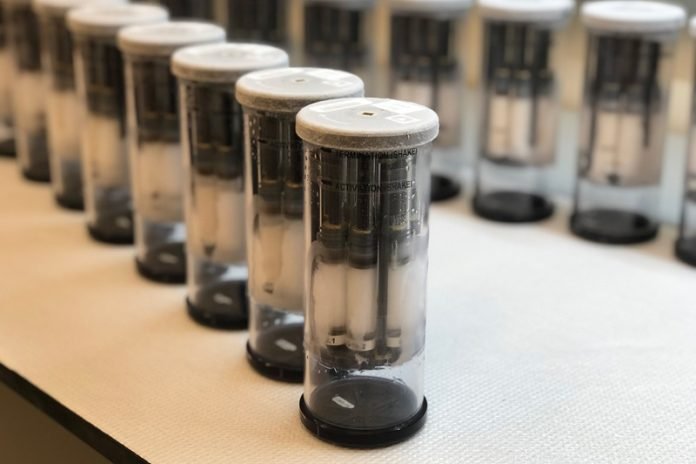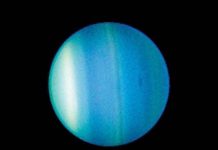
Scientists have figured out a clever way to stop the growth of harmful bacterial layers, called biofilms, in space.
These biofilms can create big problems in places like the International Space Station (ISS).
They can block water systems and might even make astronauts sick.
Biofilms are like stubborn dirt layers made up of tiny bacteria. On Earth, they’re known to cause up to 80% of long-term infections.
Researchers wanted to see how to tackle this problem, especially because space missions to the Moon or Mars will be much longer.
If a system gets clogged or an astronaut gets sick on those missions, they can’t come back to Earth easily for help.
So, what did the researchers do? They tested various surface types to see which one would stop biofilms the best.
They used a bacteria called Pseudomonas aeruginosa for the test, which is common in hospitals and can cause infections.
They chose to run this experiment on the ISS to see if low-gravity conditions made a difference. They put these test surfaces in the ISS for three days to see what would happen.
And guess what? A special surface that had a slippery layer of liquid worked wonders!
This surface wasn’t just any surface. It was made of silicon and shaped like a forest of tiny pillars at the nano-level.
Then, it got a coating of slippery silicon oil. The oil stayed in place, making the surface super slippery and not allowing bacteria to stick.
What’s more exciting is that these surfaces worked even better in space than they did on Earth! On Earth, biofilm growth reduced by about 74%, but in space, the number went up to an 86% reduction.
The scientists think that this surface might have worked so well because it has a layer of nucleic acids, which are slightly negatively charged.
Bacteria also have a negative charge, so they were probably repelled, kind of like how two magnets with the same side push each other away.
In the past, people tried to use surfaces that killed bacteria, but this had a problem. Dead bacteria would stick and form a layer, letting new bacteria grow over them. But this new slippery surface doesn’t let bacteria stick in the first place, solving the problem in a neat way.
The researchers suggest doing longer tests to make sure this surface keeps working as well over time.
They believe this discovery is very promising for future space missions, and also for medical devices on Earth where biofilms are a problem, like in catheters.
The study, which was a team effort involving MIT, the University of Colorado, and NASA, has everyone excited. It’s a perfect example of how different fields of science can work together to solve real-world problems.
So, it looks like this super slippery surface could be a game-changer, not just in space, but also back on Earth in hospitals and other places where we don’t want nasty bacteria to hang around.
Follow us on Twitter for more articles about this topic.
Source: MIT.



